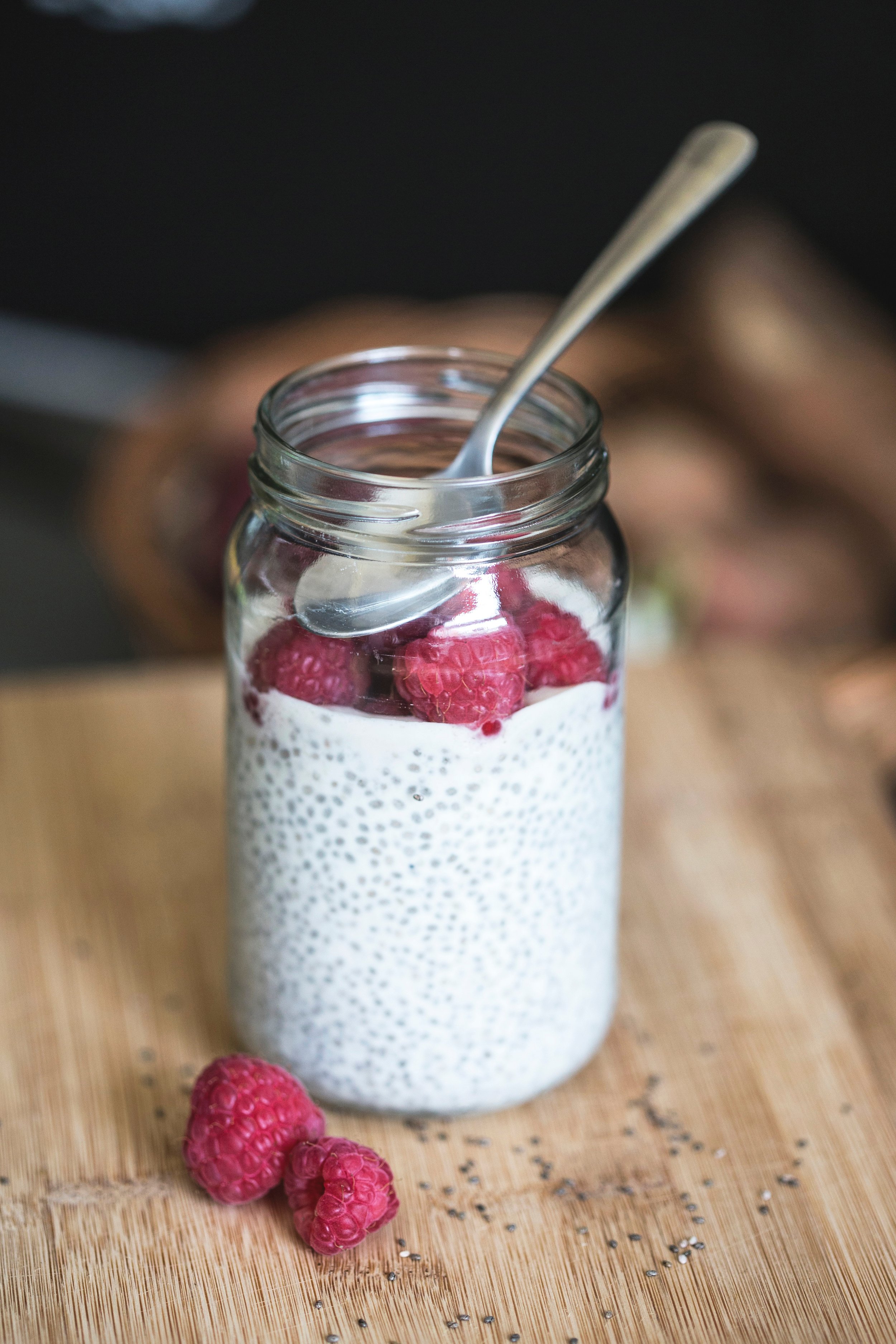List of Damp Foods
In Traditional Chinese Medicine, “Dampness” refers to a pathogenic factor that arises when the body's natural processes, especially digestion, become sluggish. It’s commonly discussed when dealing with digestive imbalances, and its effects go beyond digestion, often leading to a variety of discomforts and chronic issues. When the digestive system is off balance, the organ systems of the Spleen and Stomach are usually the first to be affected. According to TCM, the Spleen is responsible for transforming and transporting nutrients, while the Stomach is in charge of breaking down food. When these organs become impaired, food can stagnate, leading to an accumulation of Dampness in the body.
When the "digestive fire" is weak, food is not properly digested, resulting in a heavy, sluggish feeling that can manifest as bloating, loose or sticky stools, a feeling of fatigue after meals, and overall poor digestion. Over time, Dampness can also affect the body's energy levels, and emotional state, and even lead to issues such as water retention, mental fogginess, and joint pain.
Certain foods tend to exacerbate the accumulation of Dampness in the body. These foods are typically difficult to digest, cause stagnation, and can make symptoms worse for individuals with an already weakened digestive system. Below is a list of common Damp-producing foods, which should be consumed in moderation or avoided if you are experiencing signs of Dampness.
Want to learn more about Chinese Medicine Nutrition- Check out this article.
Want to learn more about Spleen Qi Deficiency and states of dampness check out this article.
List of Damp Foods
The foods listed here should be avoided or eaten in strict moderation if you are experiencing symptoms of Dampness or Spleen Qi deficiency. The Spleen thrives on warmth and dryness, and when it becomes weakened, it struggles to transform and transport fluids efficiently. As a result, consuming damp-inducing foods can further overwhelm the Spleen’s ability to function properly, exacerbating issues like bloating, fatigue, and poor digestion.
Damp foods are often recognizable by their soft, sticky, and heavy texture. These foods tend to linger in the digestive system, creating stagnation and contributing to the accumulation of moisture within the body. Examples include overly processed foods, dairy products, and greasy or oily dishes, which all place a strain on the digestive system, leading to an increase in Dampness.
In addition to their texture, many damp-inducing foods also have a cooling nature, which can weaken the Spleen's ability to generate the warmth needed for digestion. Consuming these foods in excess can also inhibit the body’s ability to eliminate waste effectively, leading to the retention of fluids and creating symptoms such as edema, sluggishness, and a feeling of heaviness in the limbs.
By reducing your intake of these foods, you can support your digestive system and help alleviate symptoms related to Dampness. Instead, focus on warming, easy-to-digest foods that help nourish and support Spleen Qi, promoting healthy digestion and overall well-being.
Processed Foods
Highly refined and packaged foods are difficult to digest and often contain additives, preservatives, and artificial ingredients that contribute to stagnation in the body. Examples include snack foods, chips, frozen meals, and fast food.
Dairy
Dairy products such as milk, cheese, butter, and cream are known to produce Dampness, as they are heavy and often cooling in nature. For individuals with weakened digestion, these foods can be hard to break down, leading to phlegm and mucus accumulation.
Gluten and Wheat-Containing Foods
Foods like bread, pasta, pastries, and baked goods, particularly those made with white-wheat flour, refined starches, or highly processed grains, can easily overwhelm the digestive system. They tend to be sticky and difficult to process, contributing to bloating and stagnation.
Processed Sugar and Sweeteners
Refined sugars and artificial sweeteners put a strain on the Spleen, leading to a sluggish digestive system. Excess sugar can also create phlegm and worsen symptoms of Dampness by promoting fluid retention and inflammation.
Certain Fruits
Fruits that are particularly cooling or mucous-producing can contribute to Dampness. Bananas, for example, are heavy, moist, and have a tendency to weaken the digestive fire. Other fruits like oranges, watermelons, and pineapples should also be eaten in moderation if experiencing Damp symptoms.
Soy Products
While soy can be a healthy food in moderation, processed soy products like tofu, soy milk, and mock meats are considered Damp-inducing. Fermented soy products, such as miso or tempeh, may be more digestible and less likely to cause Dampness.
Cold Drinks
Cold beverages, especially when taken with meals, can inhibit the digestive process. Drinking iced drinks cools down the digestive fire, making it harder for the Stomach and Spleen to function optimally, leading to sluggishness and fluid retention.
Fried, Greasy Foods, and Excessive Oils
Fried foods and dishes that are heavy with oil can slow digestion, leading to stagnation and damp accumulation. They are typically heavy, difficult to digest, and can cause a sense of heaviness or lethargy after eating.
Alcohol
Alcohol is another culprit when it comes to Dampness. Beer, in particular, is both cooling and dampening, while excessive consumption of wine and spirits can also lead to an accumulation of heat and Dampness, further disrupting digestion.
Creamy or Oily Sauces
Rich, creamy, and oily sauces, such as those found in gravies, alfredo dishes, or mayonnaise-based condiments, are difficult to process and can weigh down the digestive system, leading to Dampness and heaviness.
Shellfish and Fatty Meats
Shellfish such as shrimp and crab, and fatty cuts of meat like pork belly or lamb, tend to have damp-inducing properties. These foods are dense and oily, and can make digestion sluggish if consumed in excess.









Spleen Qi Deficiency is a very common imbalance in Chinese Medicine. This article explains what that means, and what to do about it. It offers lifestyle suggestions as well as food choices, while giving an extensive overview of the theory attached from TCM.